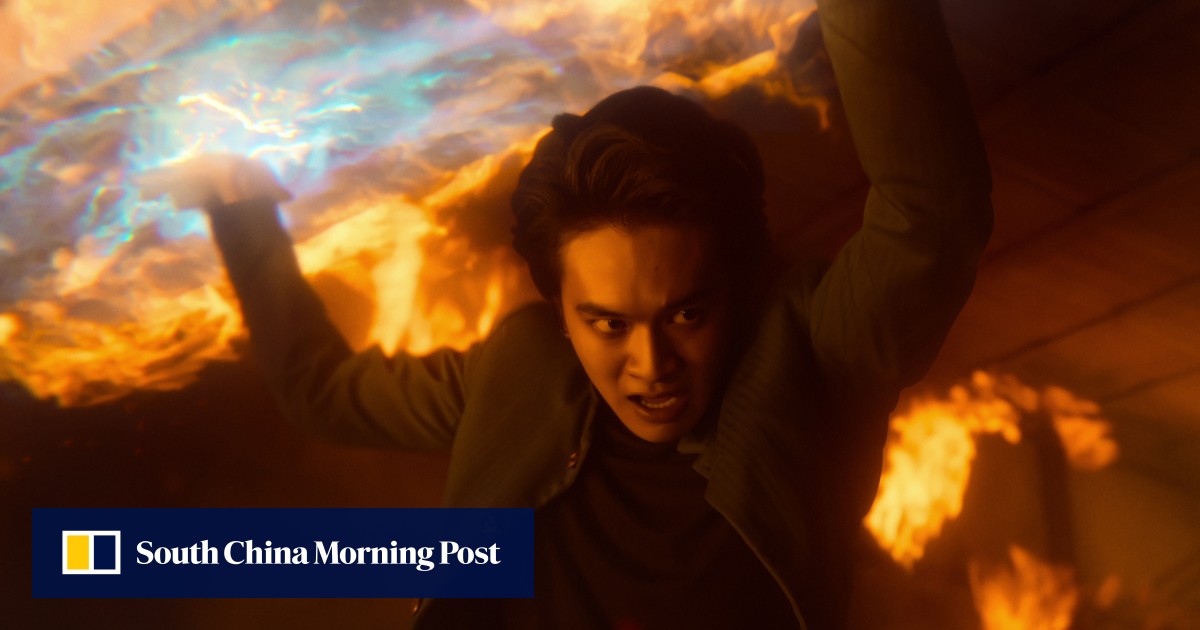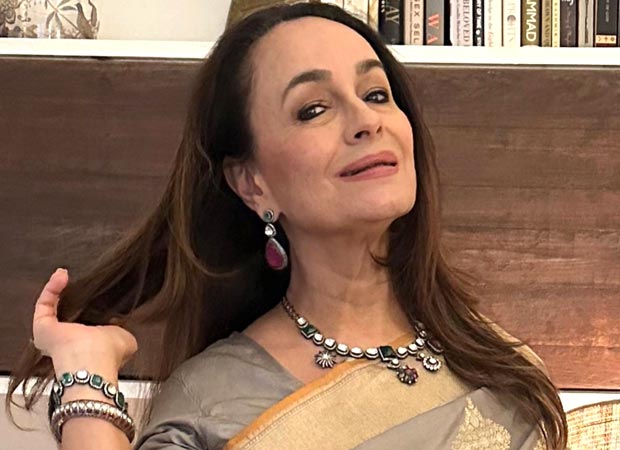A live event for its series premiere was the most-watched for Netflix Japan, with 14,000 viewers tuning in simultaneously and more than 4 million views as of December 19, the streamer said.
Kaata Sakamoto, Netflix vice-president of content for Japan, says he grew up on and loves Yu Yu Hakusho.
“And 20 years later, even the 19 volumes of manga is still super popular here. People love it because the character is super attractive and also the stories are attractive.”
Live-action shows based on manga and anime in the past have not had a good track record in Hollywood. But some recent adaptations of popular titles, including Yu Yu Hakusho and pirates tale One Piece, have been embraced by global audiences as newer fans are discovering anime through large libraries offered on streaming services.
One Piece: a good start for Netflix’s much anticipated manga adaptation
One Piece: a good start for Netflix’s much anticipated manga adaptation
It helps that technology has advanced to more realistically display the demons and monsters in these stories.
Once relegated to small subsections of US book and video rental stores, manga tales and anime are becoming key to retaining and attracting customers on streaming services.
As with Marvel superheroes, as well as beloved books like The Lord of the Rings and long-running sitcoms such as Friends, popular anime and manga franchises have deep fan bases built around characters and worlds.
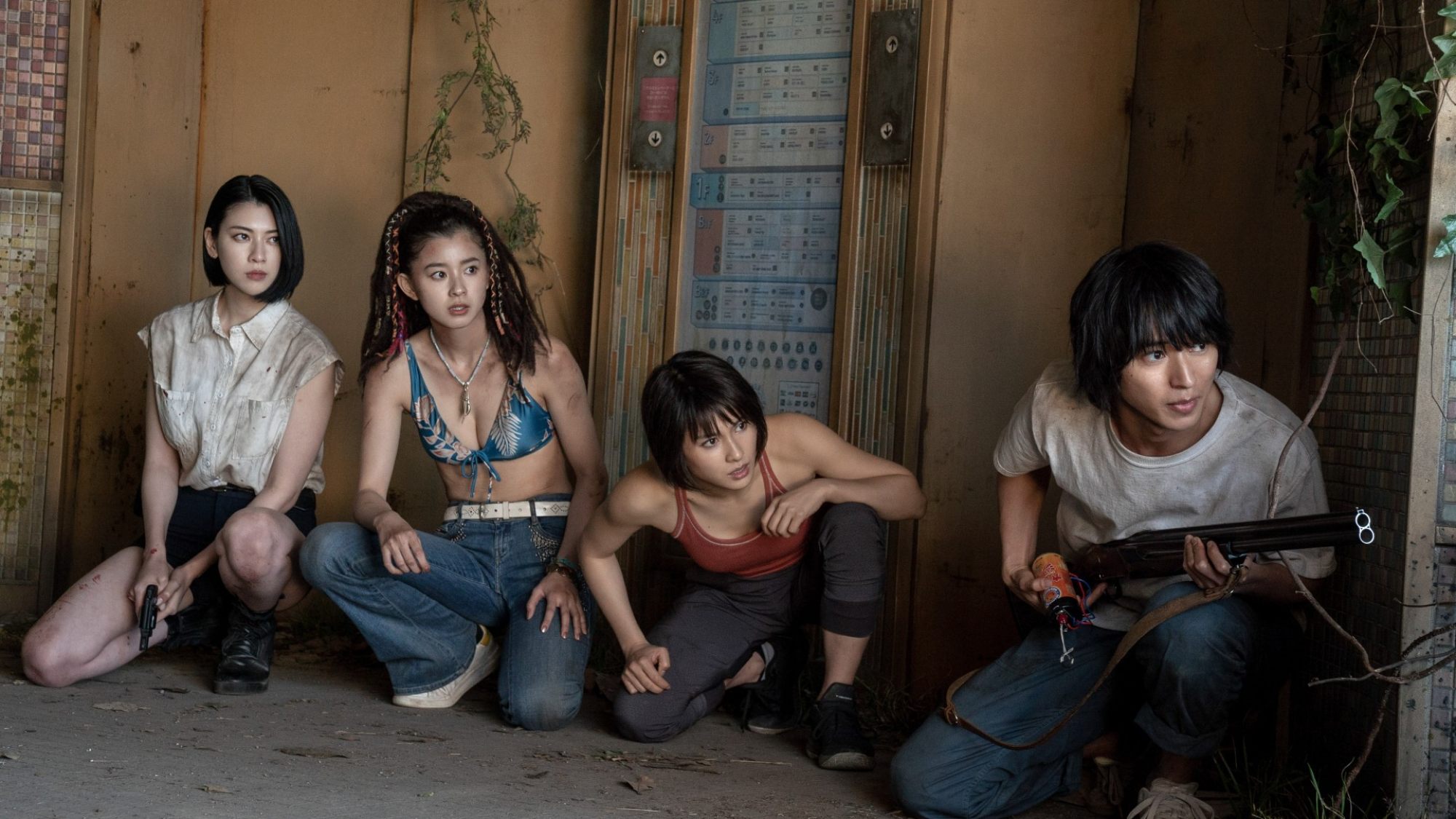
Additionally, Netflix has launched its own original anime, including Blue Eye Samurai that was renewed for a second season in December, and reimagined 2010 Hollywood live-action movie Scott Pilgrim vs. the World into a November anime version called Scott Pilgrim Takes Off.
“I’ve been beating the drum of, ‘Eventually people are going to find anime and manga, there’s going to be a comic-book-like boom in that space of discovery and adaptation,’ and I think we’re in the midst of it,” says Matt Owens, co-showrunner and an executive producer of the live-action adaptation of One Piece.
One draw for Netflix is that many manga stories already have large global audiences. For example, One Piece, a tale about an unlikely group of friends forming a pirate crew, became a serialised comic in 1997 and has sold more than 516 million copies in 61 countries.
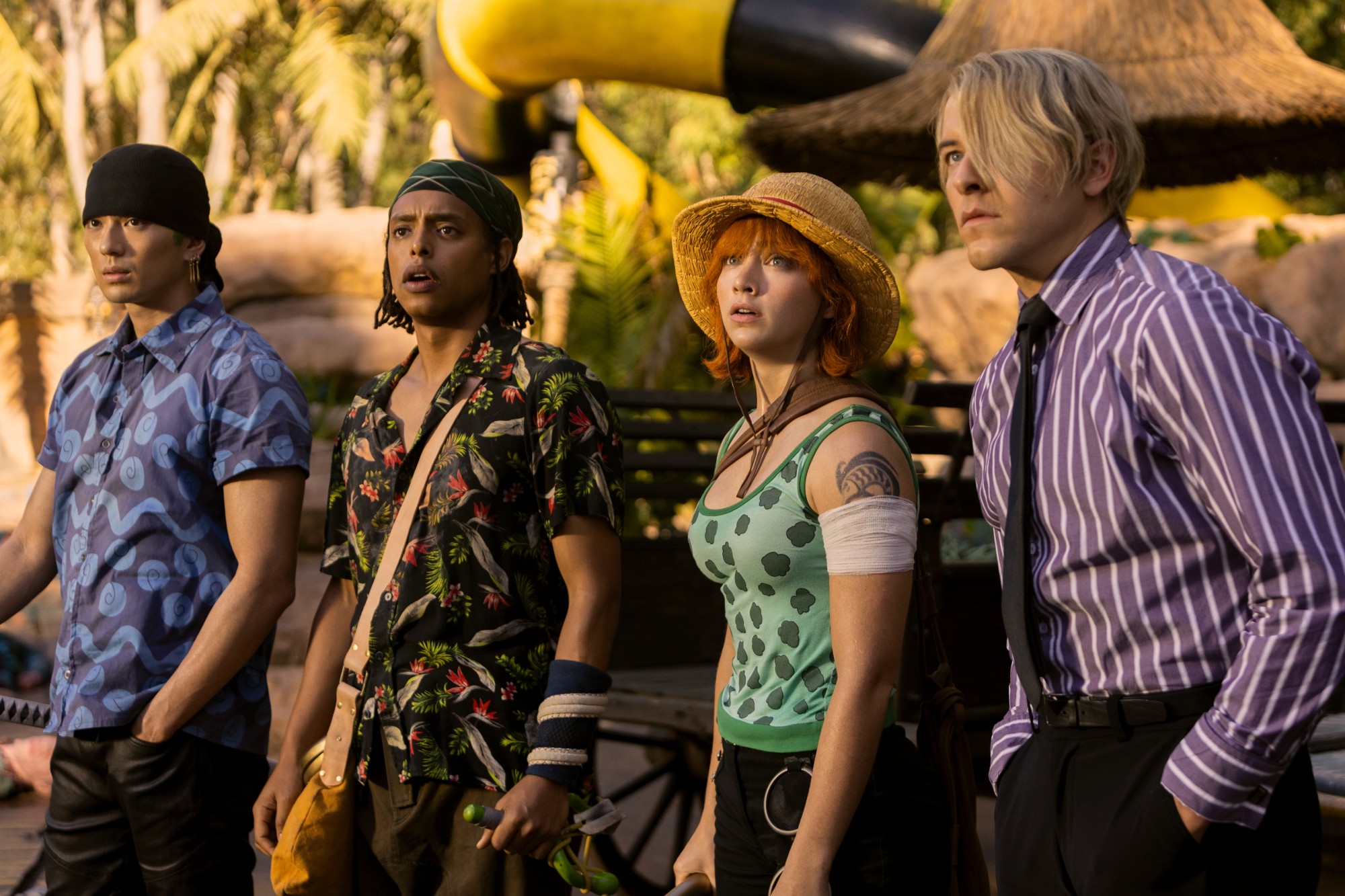
One Piece, which launched on August 31, was the most-watched English-language show – garnering 18.5 million views on Netflix – in its first week, the company said.
Such visual-effects-heavy productions aren’t cheap to produce. The budget for One Piece was roughly US$20 million an episode, according to an industry source who was not authorised to comment. Netflix declined to discuss show budgets.
But the investment can pay dividends.

With most of Netflix’s subscribers based outside the US and its subscriber additions coming from abroad, investing in this category “is very important to their growth and retention strategies”, says Brandon Katz, industry strategist with Parrot Analytics.
“They are attacking what has been a somewhat overlooked and undervalued IP [intellectual property] funnel in manga and anime,” Katz adds. “These titles often boast a pre-existing fan base for longer-running titles like a One Piece. They can be multigenerational and, importantly, they skew more international.”

Industry observers cite several factors for Netflix’s success with the genre: the greater openness of viewers to the use of subtitles and dubbing; improved technology to better convey the fantastical nature of manga characters; and hiring people who are excited to work closely with the manga’s creators.
Sakamoto considers himself a fan. When he was younger, his parents used to scold him for spending too much time reading manga instead of studying. Now he helps bring those stories to Netflix.
“We have the best original stories in the world,” Sakamoto says, adding that manga and anime are part of “Japan’s treasure box”.
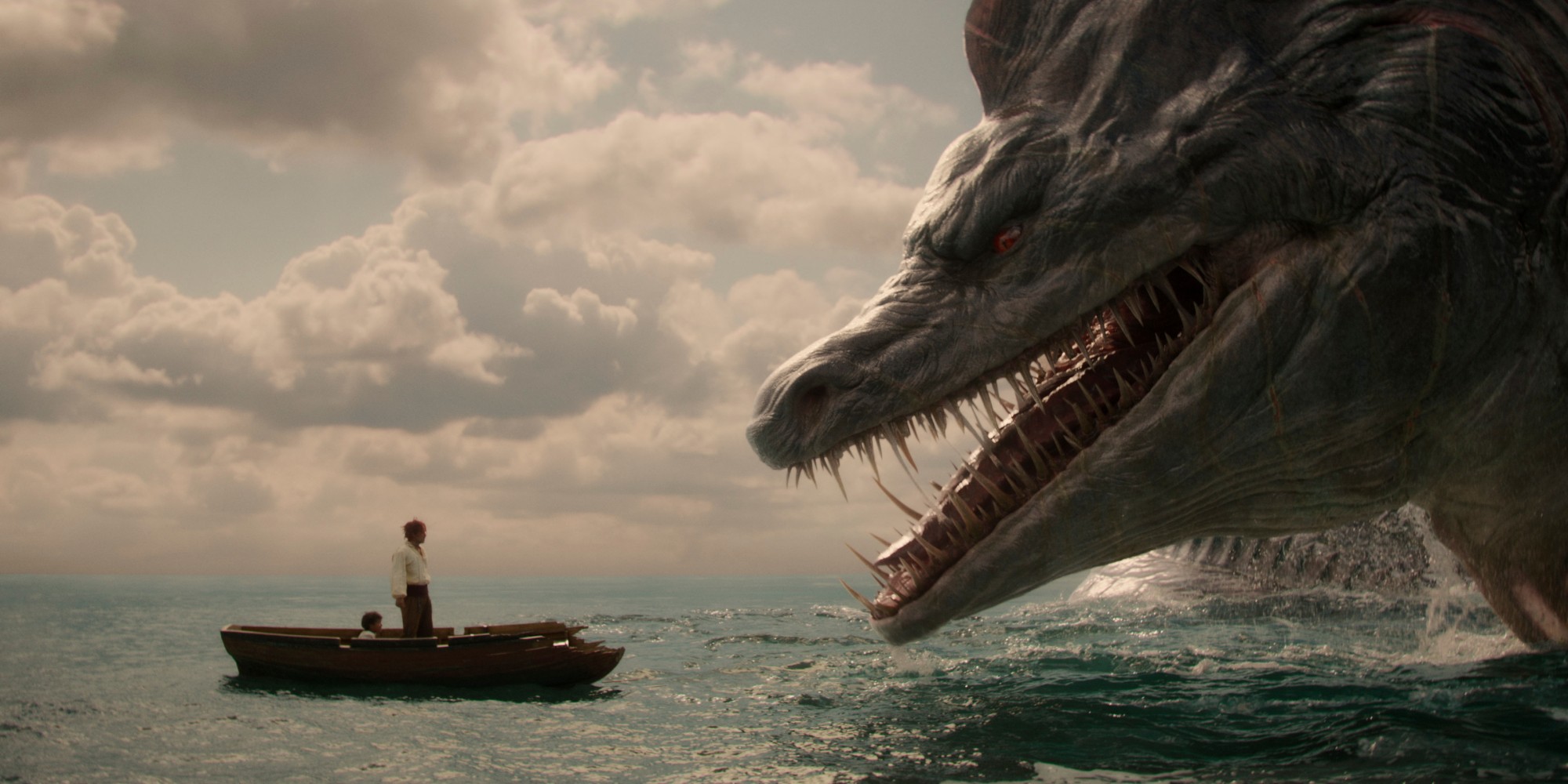
Netflix isn’t a newcomer to manga-inspired material. It licensed the quirky Midnight Diner in 2014. After its success in Japan and other Asian markets, Netflix distributed Seasons 4 and 5 of the series as an original, beginning in 2016.
In 2020, Netflix launched its first original live-action adaptation of a manga series, Alice in Borderland, which has been renewed for a third season.
Winning over the trust of Japanese publishers and authors unfamiliar with the Hollywood production process can be a challenge.
Five years ago, Sakamoto says that Netflix presented a 50-page story bible and presentation document to the publisher and author of Yu Yu Hakusho, Yoshihiro Togashi, that included character development, story structure, visual-effects concepts and world-building images.
“Their request was simple,” Sakamoto says. “Produce the best quality of the show because … that’s legendary IP.”
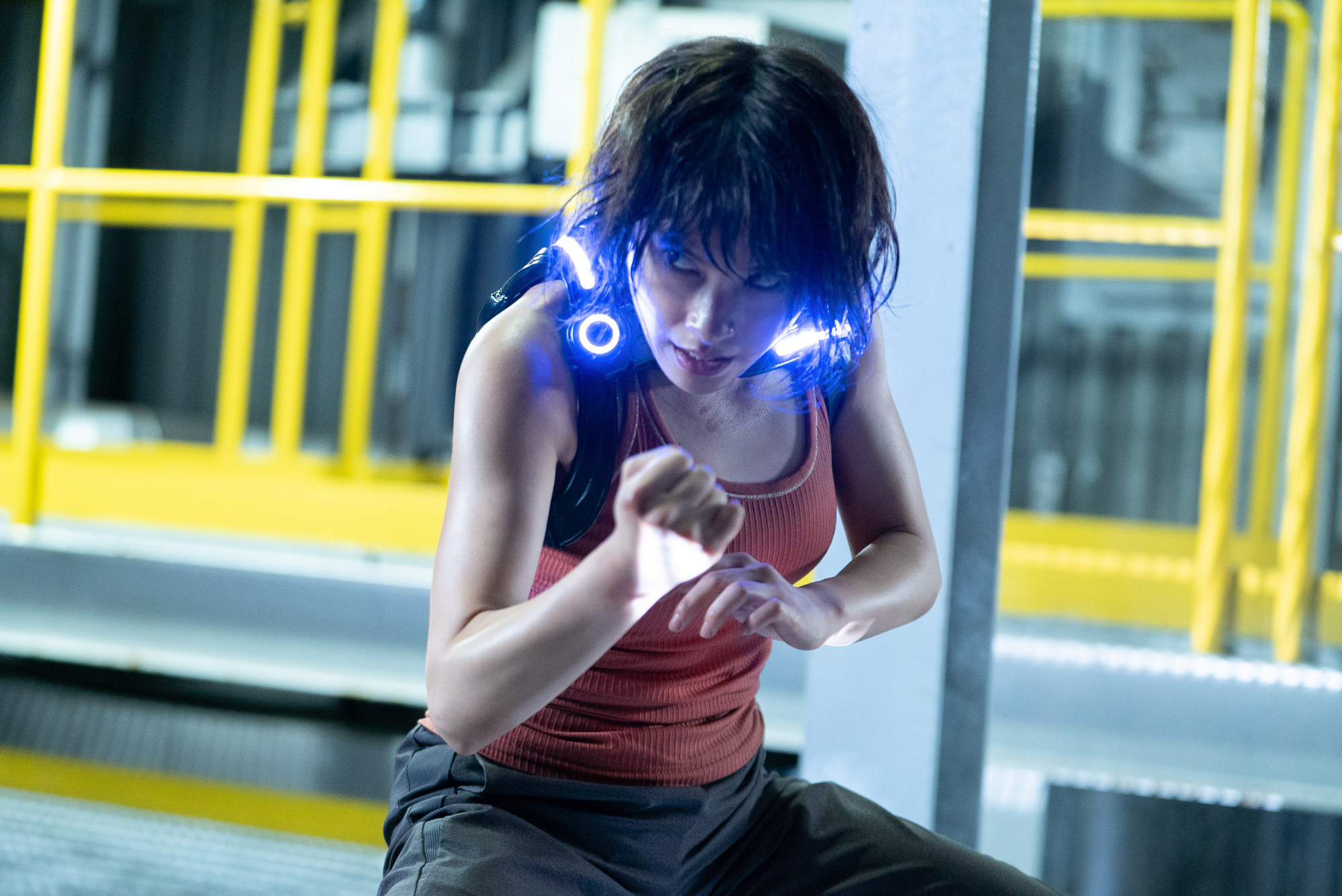
Bringing manga characters and their magical superpowers to life on TV can also be challenging, but improvements in visual effects has made the process easier.
To produce Yu Yu Hakusho, two Japanese actors who portrayed key villains on the show came to Hollywood to film on a stage with 170 cameras to capture their facial expressions, filming them in 360 degrees. The actors portrayed the powerful Toguro brothers; one brother could rapidly increase his muscle size, and the other could split apart and quickly come back together.
Using volumetric capture technology, multiple cameras “captured” the facial features of the actors and applied those computer-generated bodies, making them move like the demons imagined in the manga.
The anime fans and manga fans are very passionate about the source material. They want to see you be true to the characters
The visual effects technology came from Eyeline Studios, a division of Scanline VFX, which Netflix acquired in 2022. The production worked with 14 vendors from various countries, including Japan.
“That opened up more local production to be able to do this, with IP that was very visual-effects-heavy,” says Ryo Sakaguchi, the show’s visual effects supervisor, who is also a visual effects supervisor/director of CG (computer graphics) for Scanline.
Not all anime and manga adaptations are home runs, though.
Past adaptations, such as the Paramount Pictures release Ghost in the Shell, were box-office flops, giving manga rights holders pause about handing over their beloved stories to Hollywood.

Winning over long-time fans can also be tough.
Such was the case with Netflix’s 2021 live-action adaptation of popular anime Cowboy Bebop, featuring actor John Cho as a bounty hunter.
7 changes in Netflix’s Cowboy Bebop sure to enrage anime fans
7 changes in Netflix’s Cowboy Bebop sure to enrage anime fans
A different approach was taken with One Piece, which Adelstein’s company, Tomorrow Studios, also brought to Netflix.
In that project, there were many discussions with the manga’s author, Eiichiro Oda, to ensure that the characters were accurately reflected in the live-action version.
“[The] character’s DNA and also behaviour is really, really important,” Sakamoto says. “We cannot change it. That’s the key for all of the projects.”

